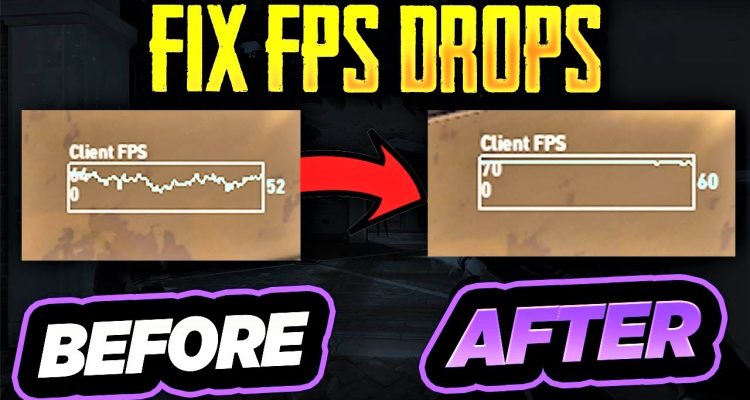The high hardware requirements of live streaming can lead to dropped frames making your stream stutter and skip. This guide will teach you how to fix dropped frames when streaming.
The Cause of Dropped Frames When Streaming
Dropped frames when streaming is often caused by a performance issue with your Internet connection, device, or camera.
A dropped frame happens when a stream can’t output video quickly enough to deliver the target frame rate for your stream. It’s often 30 frames per second (FPS), though some video game streams target 60 FPS instead.
How to Fix Dropped Frames When Streaming
These steps will help you fix dropped frames when streaming. We arranged the steps to help you find the root cause of the problem, so be sure to follow them in order.
- Check the Speed of Your Internet Service. Test your Internet speed to see how well it performs.
In general, live streaming requires a minimum upload speed of 5 megabits per second (Mbps) for video at 1080p resolution. 10 Mbps or higher is preferable. You can improve your Internet speed by upgrading your service.
You may need to troubleshoot your Internet connection if your Internet speed is lower than what your Internet service plan provides (and what you are paying for). - Improve your Wi-Fi. Boosting your Wi-Fi signal should be your first step. The majority of dropped frames, lag, and other performance problems when live streaming is caused by a bad Wi-Fi connection.
- Use a wired connection. Use a wired Ethernet connection to connect to your modem. It will eliminate Wi-Fi problems as a potential trouble spot. If problems persist, it’s a good indication the issue is caused by your device or streaming software and not your Internet connection. Unfortunately, not all devices have an Ethernet port. You may need to buy a dongle that converts a USB port to Ethernet.
- Close apps that can cause performance issues. Close or pause cloud storage apps like Apple iCloud and Microsoft OneDrive as they constantly sync data from your local machine to the cloud. Pause any active download in your web browser or other programs, as well. Also, close or pause antivirus software. Antivirus software may use the system resources necessary for a smooth live stream.
- Check your stream settings. Check the stream settings in the streaming software you’re using and lower them to improve performance. The software you use for streaming will offer options for the stream. These include resolution and frame rate. Try reducing the resolution to 720p and the frame rate to 30 FPS. Some advanced software (like OBS or XSplit) will also have a bitrate setting. Our guide to choosing the best Twitch bitrate will teach you how to configure this setting.
- Change your encoder. Try an alternative encoder if you see it’s available. A video encoder is a method of compressing video data to reduce bandwidth and performance overhead. Basic live streaming software will default to a standard encoding format such as h.264, but some can use alternative encoding methods to improve performance. Examples include Nvidia’s NVEC and Intel’s Quick Sync.
- Troubleshoot your webcam. Check the webcam to see if it’s dropping frames. Open the webcam in software that does not live streams, such as the Camera app on Windows, Android, or iOS.The camera may need to be replaced if you see dropped frames in these apps.
- Upgrade your computer. Does your live stream still lag or drop frames? It may be time to upgrade your PC.
Aside from Internet bandwidth, live streaming is most demanding on a device’s CPU. A CPU with a higher clock speed or more cores may fix your problems.
What Are Dropped Frames?
All video is essentially a series of still frames played in a sequence to create motion.
A dropped frame refers to a failure to display one or more frames. It creates a noticeable stutter, as you will continue to see an earlier frame until the next frame is received.
How Do I Stop My Stream From Lagging?
Dropped frames and lag are technically not the same issues, though the root cause is often the same.
A dropped frame is caused by missing frames in the video stream, while lag is a gap between input and response.
A live stream that is dropping frames will skip or stutter. A live stream that is lagging may appear smooth, but those viewing the stream see it on a significant delay.


Comments (2)
I use my iPhone to live stream on YouTube when I look at my phone the stream looks perfect but when I look at YouTube it is skipping PLEASE HELP
Same as me, did you find a solution?